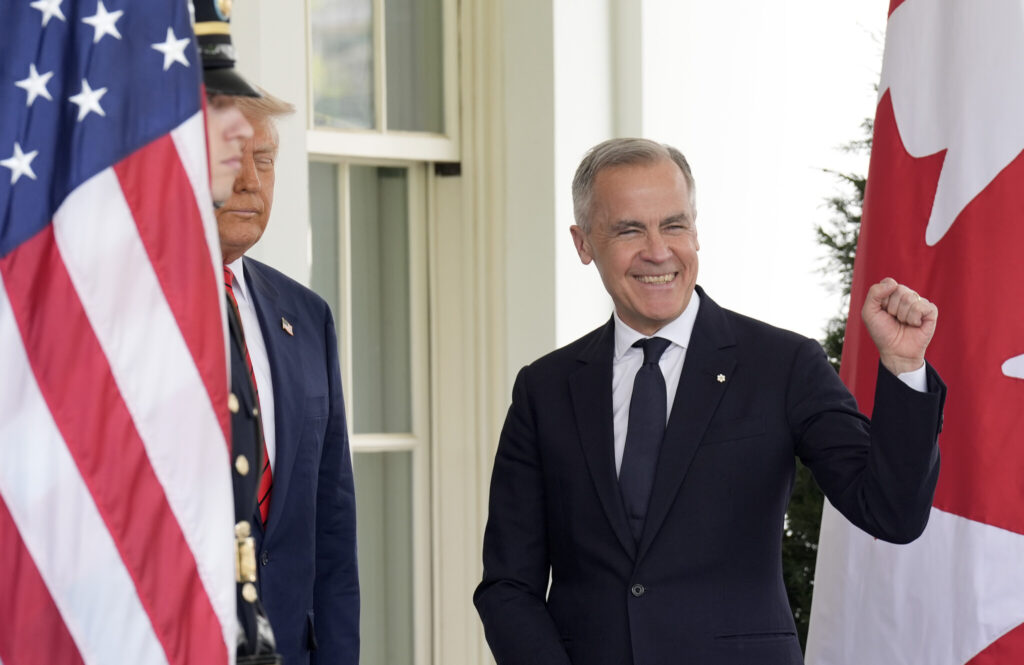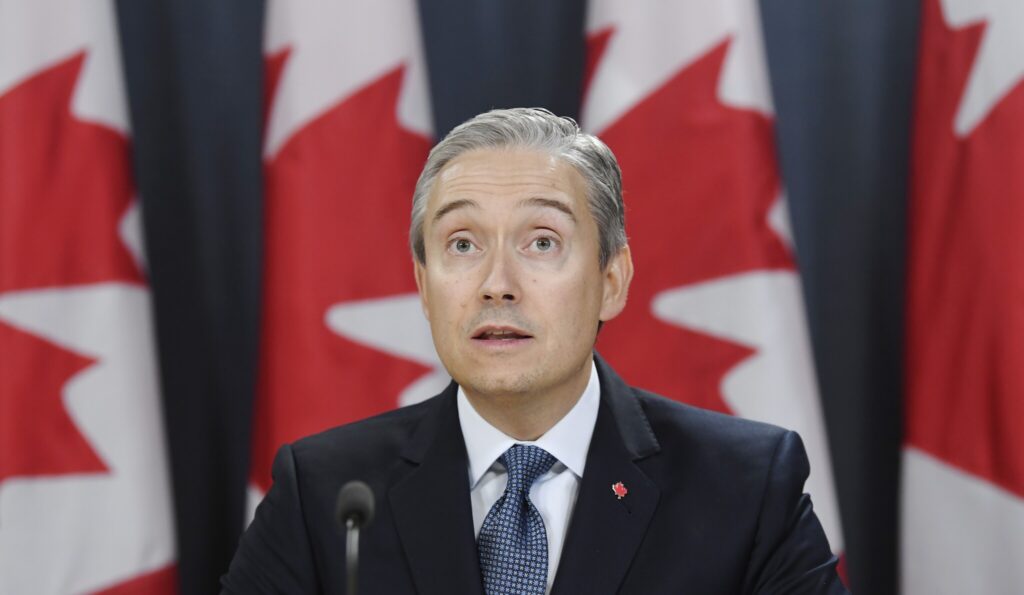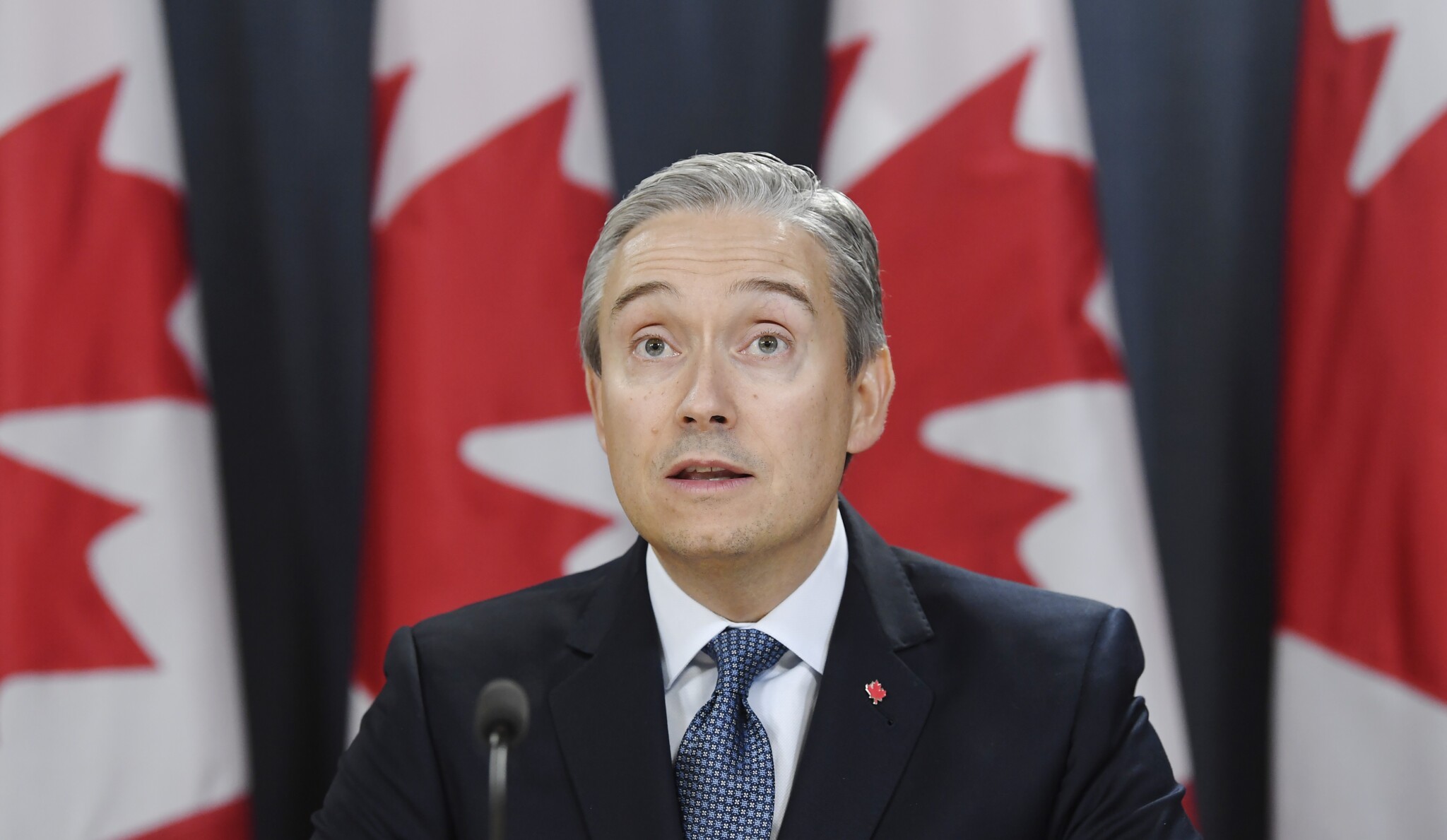Published: May 17, 2025
mark
Table of Contents
A Spring Without a Budget: Canada Treads Unfamiliar Fiscal Ground
In a move that has taken many by surprise, newly appointed Finance Minister Francois-Philippe Champagne, under the leadership of Prime Minister Mark Carney, announced that there will be no spring federal budget in 2025. Instead, the government plans to issue a more substantial fiscal statement sometime between October and December. This leaves a potential 10 to 11-month gap since the last update—a highly unusual delay that hasn’t been seen in Canadian fiscal history since Paul Martin institutionalized semi-annual fiscal reports in 1994.
While some observers view the delay as a cautious, strategic move, others are questioning whether it signals deeper fiscal or political uncertainties mark.
Why the Budget Delay?
Champagne provided multiple justifications:
- The country has just come through a federal election.
- The throne speech will articulate the government’s priorities.
- Global economic volatility warrants prudence.
However, critics argue that economic uncertainty should prompt more transparency, not less. According to Rebekah Young of Scotiabank Economics, in times of turbulence, “You want to give the confidence you’ve stress-tested your plan against a range of scenarios.”
Doug Porter of the Bank of Montreal also weighed in, noting that a lack of a fiscal roadmap itself constitutes a macroeconomic risk mark.

Historical Context: Have We Been Here Before?
To put this in context, skipping a spring budget is incredibly rare. Here are key moments when budgetary processes were disrupted:
| Year | Event | Government Action |
|---|---|---|
| 2020 | COVID-19 pandemic | Projections released in July by Bill Morneau |
| 1968 | Trudeau’s election following leadership change | Budget delivered four months post-election |
| 1979 | Joe Clark’s short-lived minority government | Budget delayed six months; led to parliamentary defeat |
| 1945 | End of World War II | Budget postponed |
| 1905 | Formation of Alberta and Saskatchewan provinces | Delayed due to administrative changes |
While Carney’s situation mirrors Trudeau in 1968 and Clark in 1979, the stakes today may be higher due to a more complex and interconnected global economy mark.
Reading Between the Lines: Political Calculations?
There is growing speculation that the decision is more political than procedural. The new Carney government may be wary of revealing deeper deficits or controversial fiscal decisions too early. As a political newcomer, Carney may want time to establish credibility and authority.
A slimmed-down spring update showing ballooning deficits could undermine the government’s reform agenda. Opting instead to let the throne speech carry the political weight may give Carney more time to align fiscal projections with his broader policy narrative mark.
Fiscal Silence: The Consequences
Budgets aren’t just about setting a government’s agenda. They serve core economic functions:
- Providing updates on national revenues and expenditures.
- Signaling debt issuance plans to investors.
- Supporting transparency and oversight.
- Defining the fiscal envelope that outlines policy trade-offs.
Canada’s fiscal year begins April 1, and budget plans traditionally frame spending and tax decisions for the year. In their absence, uncertainty grows—both in financial markets and among the public.

Is the Reform Urgency Fading?
Carney campaigned as a crisis leader, promising bold reforms and economic transformation. Yet, the absence of a budget could suggest waning urgency mark.
Markets are currently in “risk-on” mode. Consumer confidence and household spending are resilient. Canada’s stock market even hit record highs this week. In this context, the crisis narrative may no longer resonate with voters or justify sweeping reforms mark.
If urgency dissipates, so does political momentum for change. Structural reforms—from interprovincial trade to energy development—require political capital, which may now be in shorter supply mark.
Tariff Troubles: Consumers Feel the Heat
Meanwhile, Carney’s government is grappling with the unintended effects of retaliatory tariffs against U.S. imports. Initially introduced under the previous administration in response to U.S. trade policies, these tariffs are starting to affect everyday Canadians mark.
Loblaw CEO Per Bank recently warned that up to 6,000 products could see price increases due to tariffs. These cost spikes are particularly regressive, hitting low-income Canadians the hardest mark.
The revenue from these tariffs is being used to fund income tax cuts and reverse a proposed capital gains tax hike. But as tariff-driven inflation rises, the Bank of Canada may be forced to delay interest rate cuts, further squeezing household budgets mark.

How Much Retaliation is Really Happening?
A recent Oxford Economics report suggests that, despite political rhetoric, Canada’s actual retaliatory tariffs may be far less extensive than advertised. Analysts Tony Stillo and Michael Davenport estimate only $1.8 billion worth of U.S. goods are affected by active tariffs—a fraction of what was initially announced.
This contradicts earlier projections from the Liberal platform, which expected $20 billion in tariff revenue. The discrepancy raises questions about enforcement, exemptions, and whether the government is overstating its trade posture mark.
This underlines why regular fiscal updates are essential. Without them, it becomes impossible to validate revenue projections or assess the impact of trade measures mark.
Conclusion: A Bold Move with High Stakes
Mark Carney’s decision to delay the federal budget may give him time to consolidate power and refine his economic agenda mark.
If managed well, the delay could set the stage for a sweeping fall plan that reshapes Canada’s economy. If mishandled, it could mirror Joe Clark’s overcalculation in 1979—a budget delayed and a government defeated.
Carney’s future may well depend on how effectively he uses this fiscal pause.

1 thought on “Mark Carney’s Budget Delay: Strategic Masterstroke or Risky Gamble? 2025”